Digital Yuan Stablecoins: China’s Push for Yuan Internationalization via Crypto

China’s ambitions to make the yuan a true global currency are getting a digital twist. As the world’s second largest economy, China has long sought to boost the international use of its currency. Now, with the rise of digital assets and stablecoins, Beijing is actively exploring yuan-backed stablecoins as a new front in the currency wars. This isn’t just about keeping up with the US dollar – it’s about reshaping the entire landscape of cross-border payments and global finance.

Why China Is Betting Big on Yuan-Backed Stablecoins
The dominance of USD-pegged stablecoins in crypto has been a sore spot for China. With over 99% of the stablecoin market linked to the US dollar, the yuan’s global influence has lagged behind. But recent developments signal a major policy shift. Chinese tech giants like JD. com and Ant Group are lobbying the People’s Bank of China (PBOC) to authorize yuan-based stablecoins for offshore use, especially in Hong Kong. The goal? To provide a credible digital alternative to dollar-backed assets and accelerate yuan internationalization via crypto rails.
This effort is tightly linked to China’s broader digital currency strategy. While the digital yuan (e-CNY) has seen impressive domestic adoption, its international reach is still limited. Yuan-backed stablecoins, particularly those issued and regulated offshore, could bridge that gap by enabling seamless cross-border payments and settlements without relying on dollar intermediaries.
Hong Kong: The Regulatory Sandbox for Digital Yuan Stablecoins
Hong Kong is emerging as a key testing ground for this bold experiment. On August 1,2025, the city enacted its Stablecoins Ordinance, introducing a comprehensive licensing regime for stablecoin issuers. This framework covers everything from reserve management to audits and issuance practices – providing the regulatory clarity needed for institutional adoption.
By leveraging Hong Kong’s unique legal status and openness to innovation, China can test offshore yuan-pegged stablecoins in a controlled yet globally connected environment. This approach lets Beijing advance its digital currency ambitions while keeping tight oversight on capital flows and compliance.
Key Milestones in China’s Digital Yuan Stablecoin Journey
-
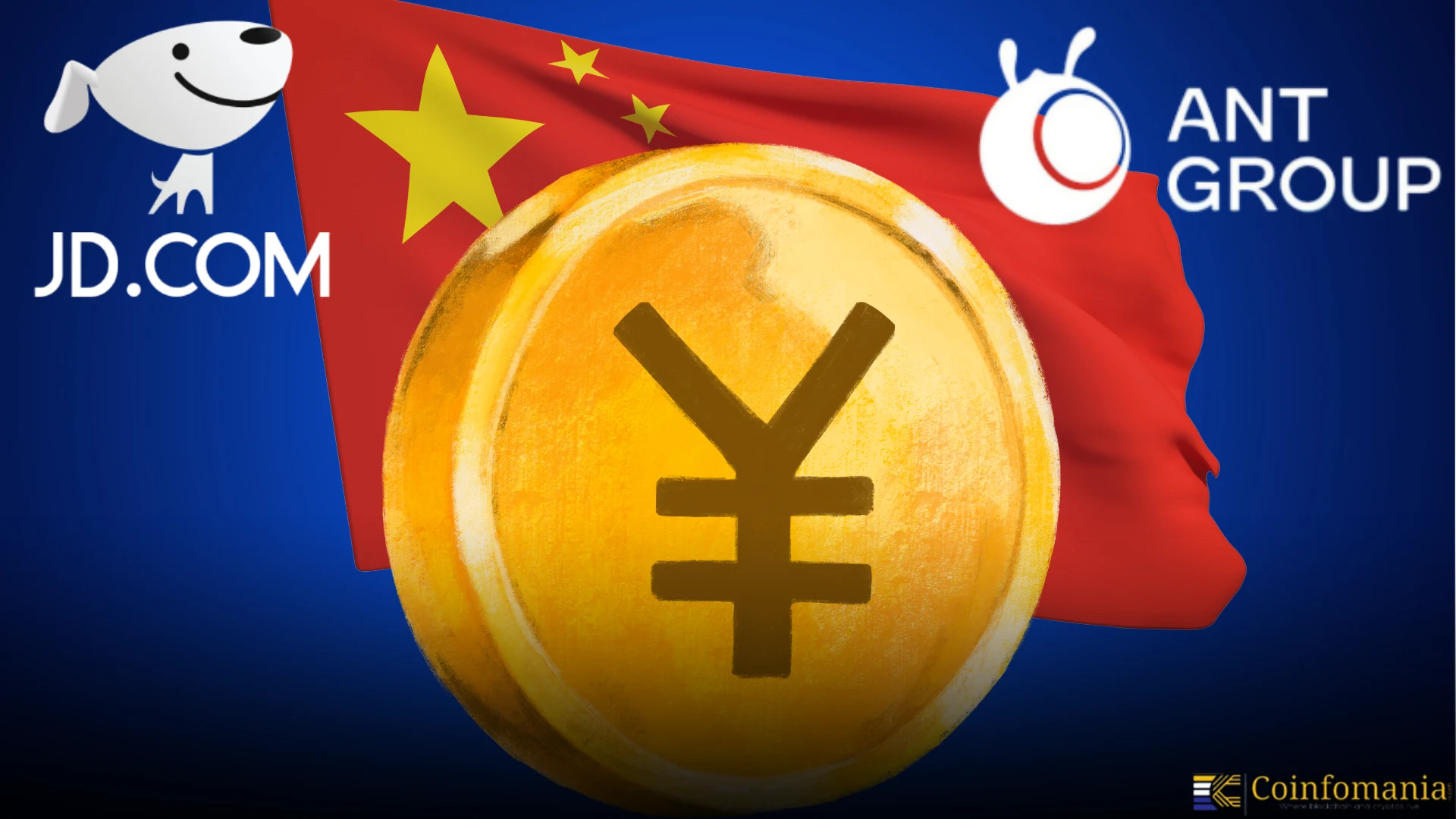
Tech Giants Advocate for Offshore Yuan Stablecoins (2025): Major Chinese companies like JD.com and Ant Group lobbied the People’s Bank of China to authorize offshore yuan-based stablecoins in Hong Kong, aiming to boost international use of the yuan.
-

Hong Kong Implements Stablecoins Ordinance (August 2025): The Stablecoins Ordinance came into effect, introducing a licensing regime and clear regulatory standards for stablecoin issuers, positioning Hong Kong as a hub for yuan-backed stablecoin innovation.
-
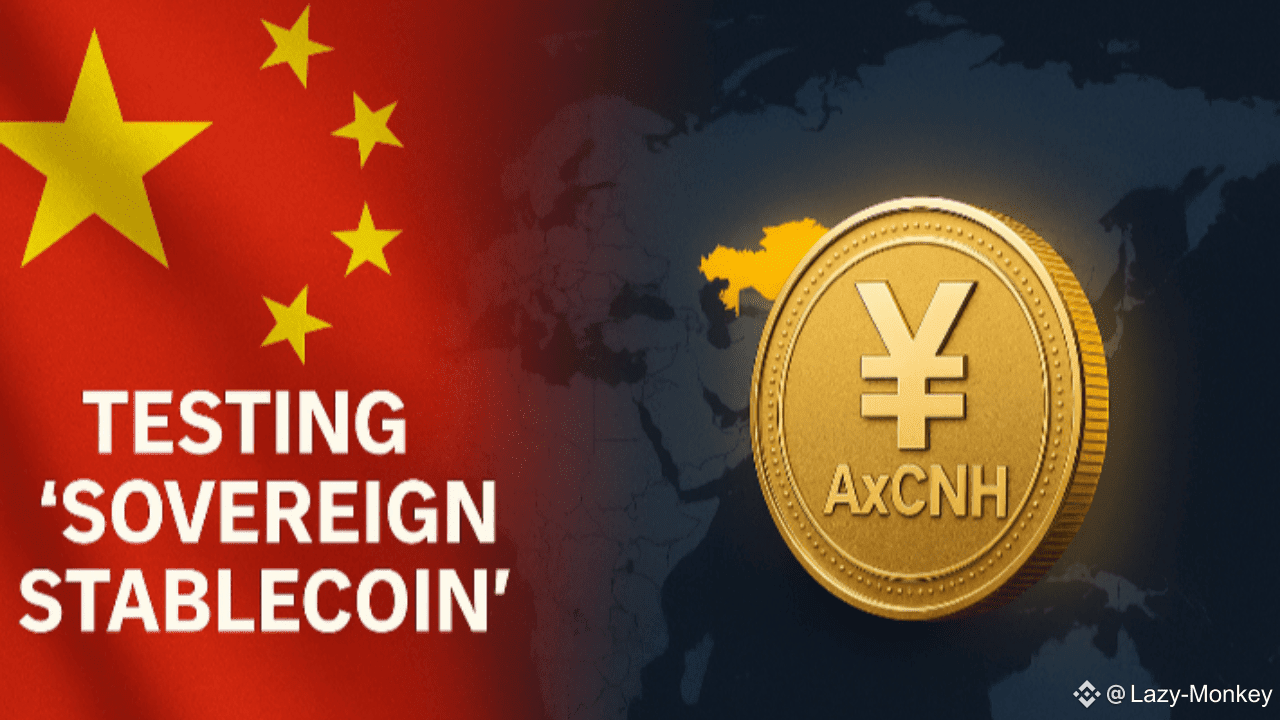
Launch of AxCNH in Kazakhstan (September 2025): The world’s first regulated offshore yuan-linked stablecoin, AxCNH, was launched by AnchorX using Conflux blockchain technology, with approval from Kazakh regulators.
-

PBOC Announces International e-CNY Operations Center (June 2025): At the Lujiazui Forum, PBOC Governor Pan Gongsheng unveiled plans for an international e-CNY operations center in Shanghai, reinforcing China’s commitment to globalizing the digital yuan.
-
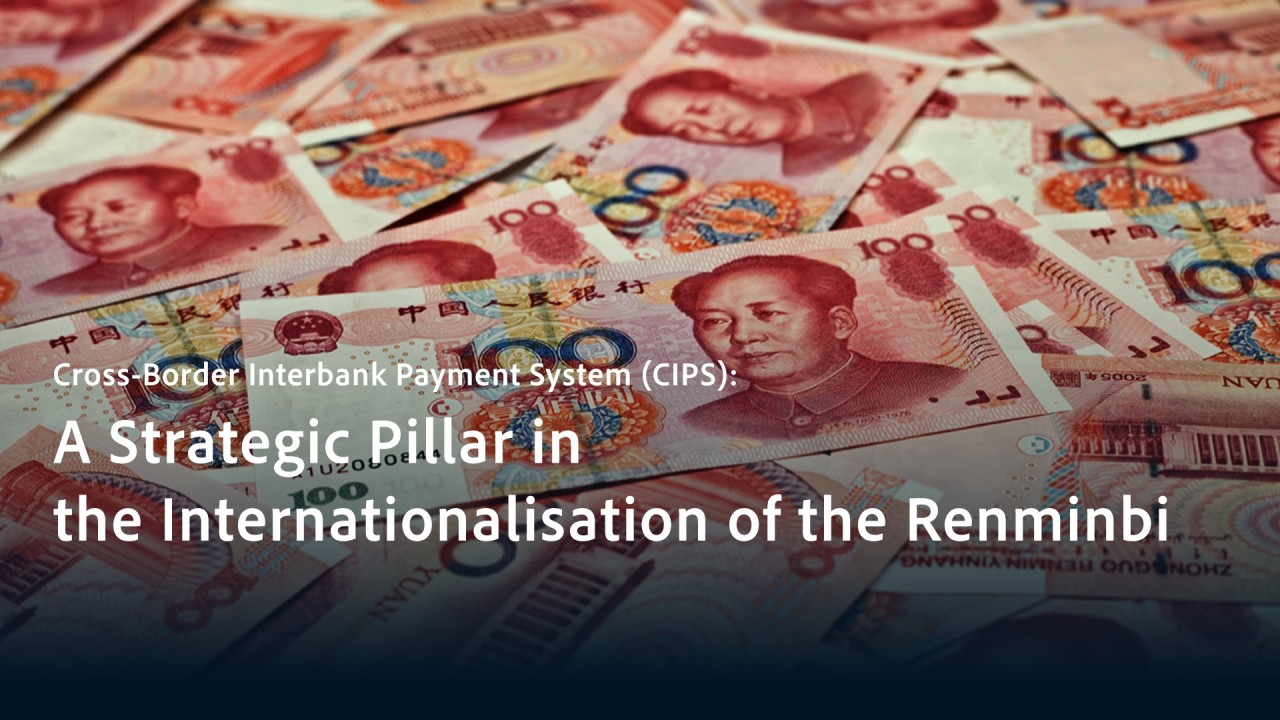
Promotion of CIPS for Yuan-Based Settlements (2025): China expanded the Cross-Border Interbank Payment System (CIPS) to facilitate international settlements in yuan, supporting the broader push for currency internationalization.
Kazakhstan: The First Real-World Test Case
The world got its first taste of an offshore yuan-linked stablecoin with the September 2025 launch of AxCNH in Kazakhstan. Developed by AnchorX using Conflux blockchain technology – both with strong Chinese backing – AxCNH is fully regulated by Kazakh authorities. This isn’t just another fintech pilot; it’s a strategic move that signals China’s intent to build a blockchain-powered payments ecosystem stretching across Eurasia.
By choosing Kazakhstan as the debut market, China demonstrates how yuan-backed stablecoins can facilitate trade outside traditional banking channels, especially among Belt and Road Initiative partners like Russia and Central Asia. This model could eventually expand into other emerging markets seeking alternatives to dollar-dominated settlement systems.
PBOC’s Vision: A Multi-Polar Currency Order
At the June 2025 Lujiazui Forum, PBOC Governor Pan Gongsheng made it clear: expanding the digital yuan’s reach and promoting a multi-polar global currency system are top priorities. Plans are underway for an international e-CNY operations center in Shanghai and further expansion of CIPS (China’s answer to SWIFT), both designed to boost yuan-based settlements worldwide.
This strategy isn’t just about technology – it’s about geopolitics and economic sovereignty in a world where financial infrastructure is increasingly digital.
China’s yuan-backed stablecoin ambitions are also a direct response to the meteoric rise of USD-linked digital assets. As U. S. dollar stablecoins like USDT and USDC become the de facto rails for global crypto liquidity, Beijing recognizes the risk of ceding digital financial infrastructure to American influence. By building out a parallel ecosystem anchored in the yuan, China aims to give its trading partners, especially those outside the Western sphere, a credible alternative for cross-border settlements.
Notably, this isn’t just about building new rails for trade. It’s about reclaiming monetary sovereignty in an era where programmable money and decentralized networks are redrawing the map of global finance. Yuan-backed stablecoins could allow China and its allies to bypass Western sanctions, reduce FX costs, and settle transactions in real time, all while maintaining regulatory oversight through permissioned blockchains and robust compliance frameworks.
Opportunities and Challenges: What’s Next for Yuan Stablecoins?
While the momentum is undeniable, China’s digital yuan stablecoin push faces some big hurdles. Regulatory uncertainty outside Hong Kong remains a concern, many global jurisdictions are still grappling with how to treat fiat-backed crypto assets. There’s also the technological challenge of scaling these networks while ensuring security, privacy, and interoperability with existing financial systems.
Yet, the potential upside is huge. For crypto investors and global businesses, a credible yuan-pegged stablecoin could unlock new arbitrage opportunities, diversify FX risk, and provide access to China’s vast economic sphere without direct exposure to capital controls. For policymakers in emerging markets, it offers a template for breaking free from dollar dependency while tapping into China’s growing digital trade networks.
Key Opportunities and Risks of China’s Yuan-Backed Stablecoins
-
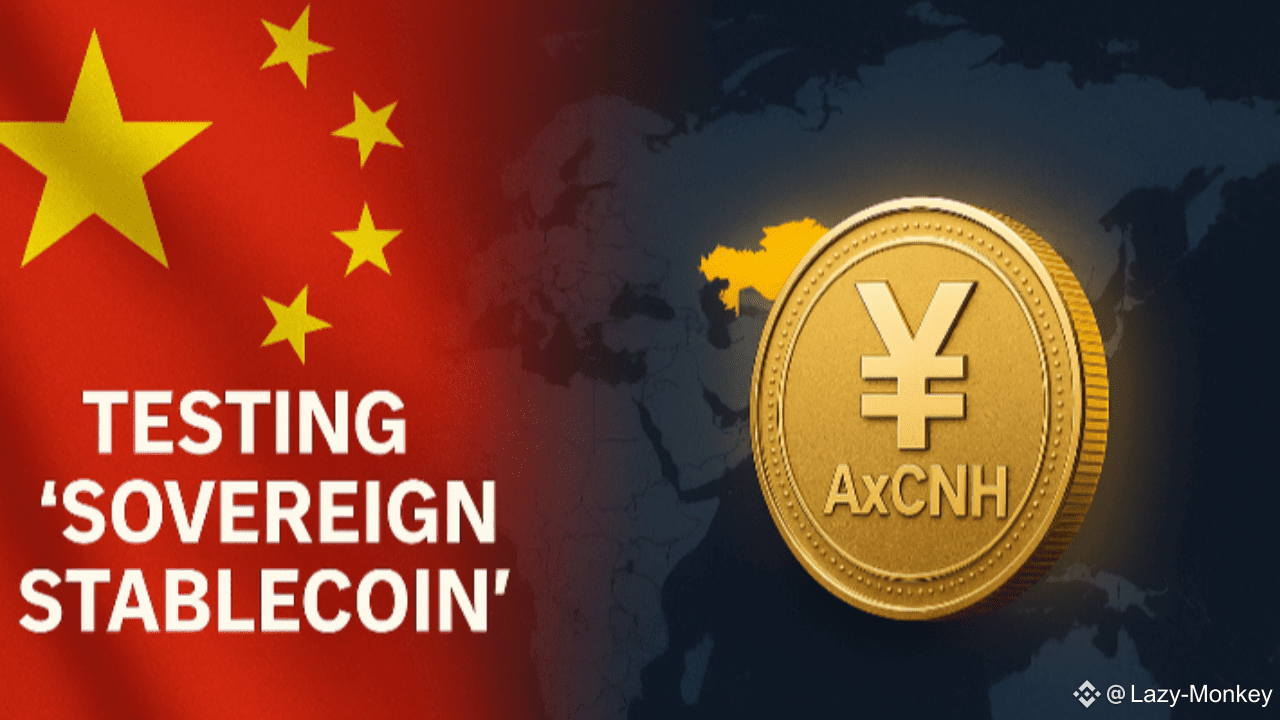
Boosting Yuan Internationalization: Yuan-backed stablecoins, such as AxCNH launched in Kazakhstan, offer a new channel for international trade and settlements, directly supporting China’s goal to increase global yuan usage.
-

Challenging US Dollar Dominance: By promoting yuan-pegged stablecoins, China aims to provide an alternative to US dollar-linked digital assets, potentially reshaping the global stablecoin market.
-

Regulatory Innovation in Hong Kong: The implementation of Hong Kong’s Stablecoins Ordinance and its licensing regime creates a controlled environment for testing and scaling yuan-backed stablecoins internationally.
-
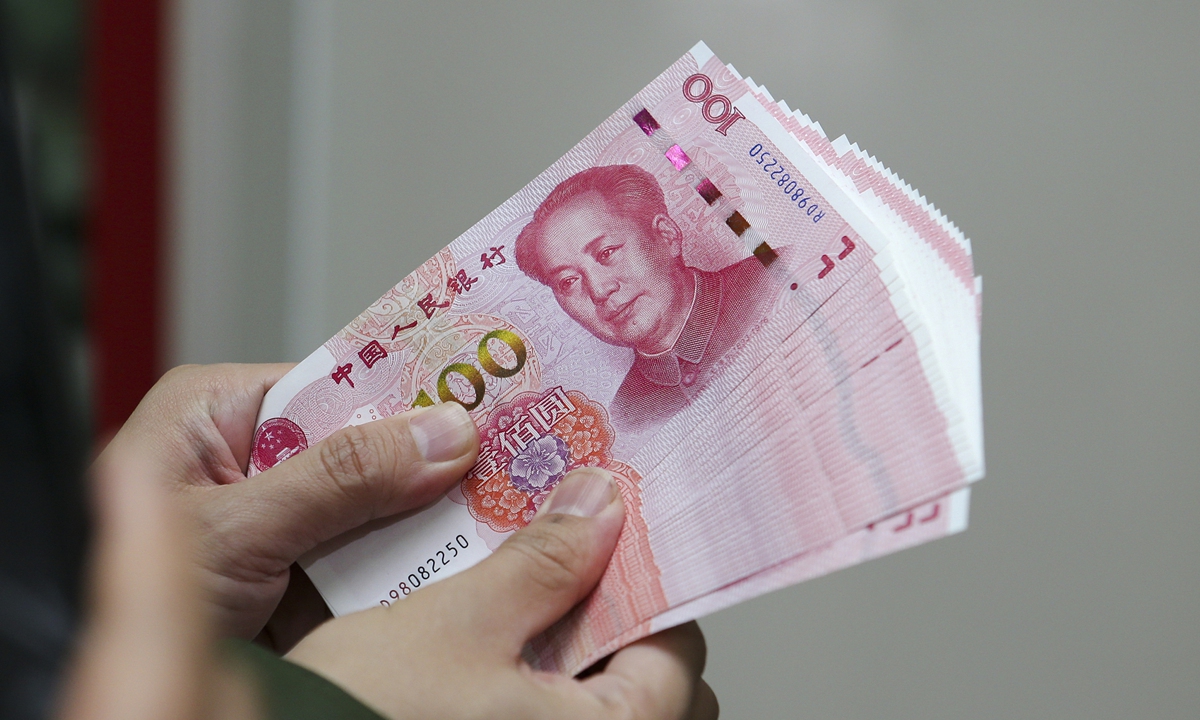
Enhanced Cross-Border Payments: Integration with platforms like the Cross-Border Interbank Payment System (CIPS) could streamline international transactions, making yuan settlements faster and more efficient.
-
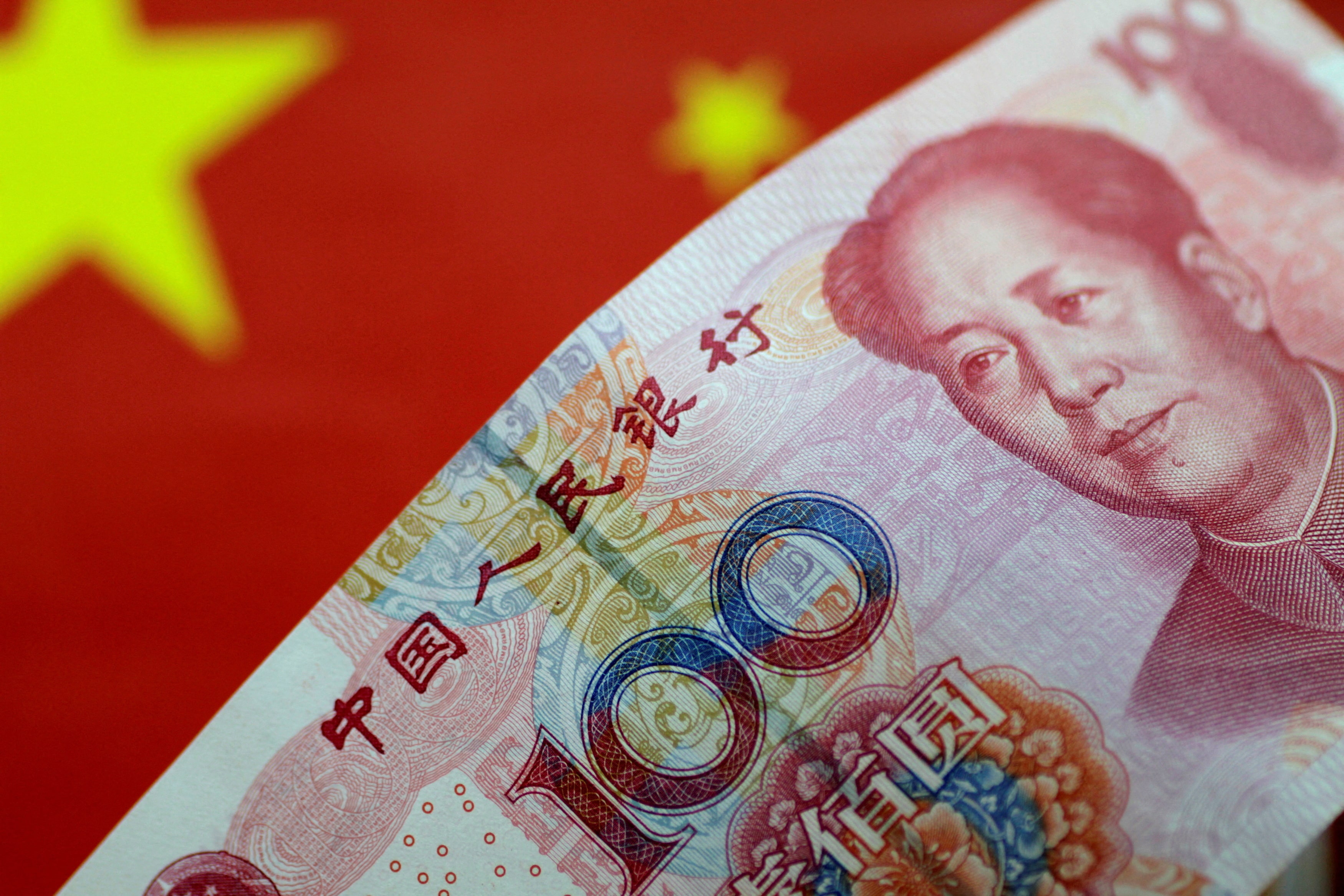
Regulatory and Compliance Risks: Despite advances, differing international regulations and concerns over transparency could limit adoption and create compliance challenges for offshore yuan stablecoins.
-
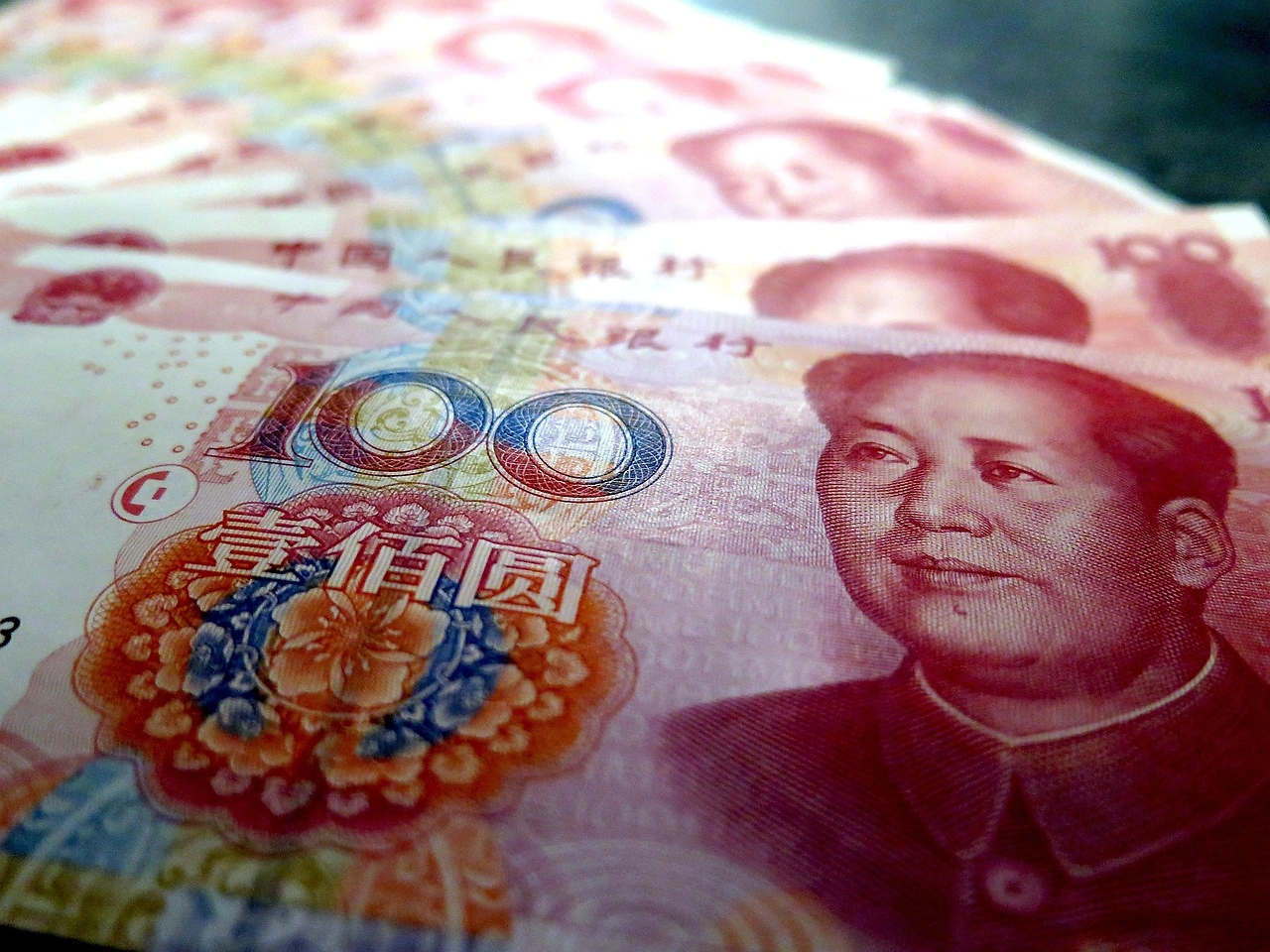
Geopolitical Tensions: The expansion of yuan-backed stablecoins may intensify financial competition with the US and raise concerns among Western regulators about currency influence and financial stability.
The next 12-24 months will be pivotal as China tests these new models in Hong Kong, Kazakhstan, and beyond. Watch for further regulatory updates, pilot programs with major tech firms, and possible integration with Belt and Road trade corridors. As other regions like the EU accelerate their own digital euro efforts, we may be witnessing the dawn of a truly multi-currency stablecoin era.
How Investors Can Prepare for a Yuan-Backed Stablecoin World
If you’re an active crypto investor or institution, now is the time to start monitoring developments around yuan internationalization via crypto. Here are some practical strategies to consider:
- Track regulatory moves in Hong Kong and other Asian hubs, these will shape which projects gain traction.
- Assess counterparty risk for any offshore yuan-pegged product, look for transparency in reserves, audits, and licensing status.
- Explore new trading pairs as liquidity builds in CNY-based stablecoins, especially for Asia-centric DeFi protocols.
- Stay informed on geopolitical shifts, yuan-backed stablecoins may see rapid adoption in regions seeking alternatives to dollar rails.
Would you use a regulated yuan-backed stablecoin for cross-border payments?
With China launching its first regulated offshore yuan-linked stablecoin (AxCNH) and Hong Kong establishing a stablecoin licensing regime, yuan-backed stablecoins are emerging as a new option for international payments. Do you see yourself using a regulated yuan stablecoin for cross-border transactions?
China’s digital currency experiment is rapidly moving from theory to practice, with real-world pilots and regulatory green lights signaling a new era for both crypto and global finance. Whether you see it as an opportunity or a challenge, one thing is clear: the age of non-USD stablecoins is here, and the yuan is leading the charge.





